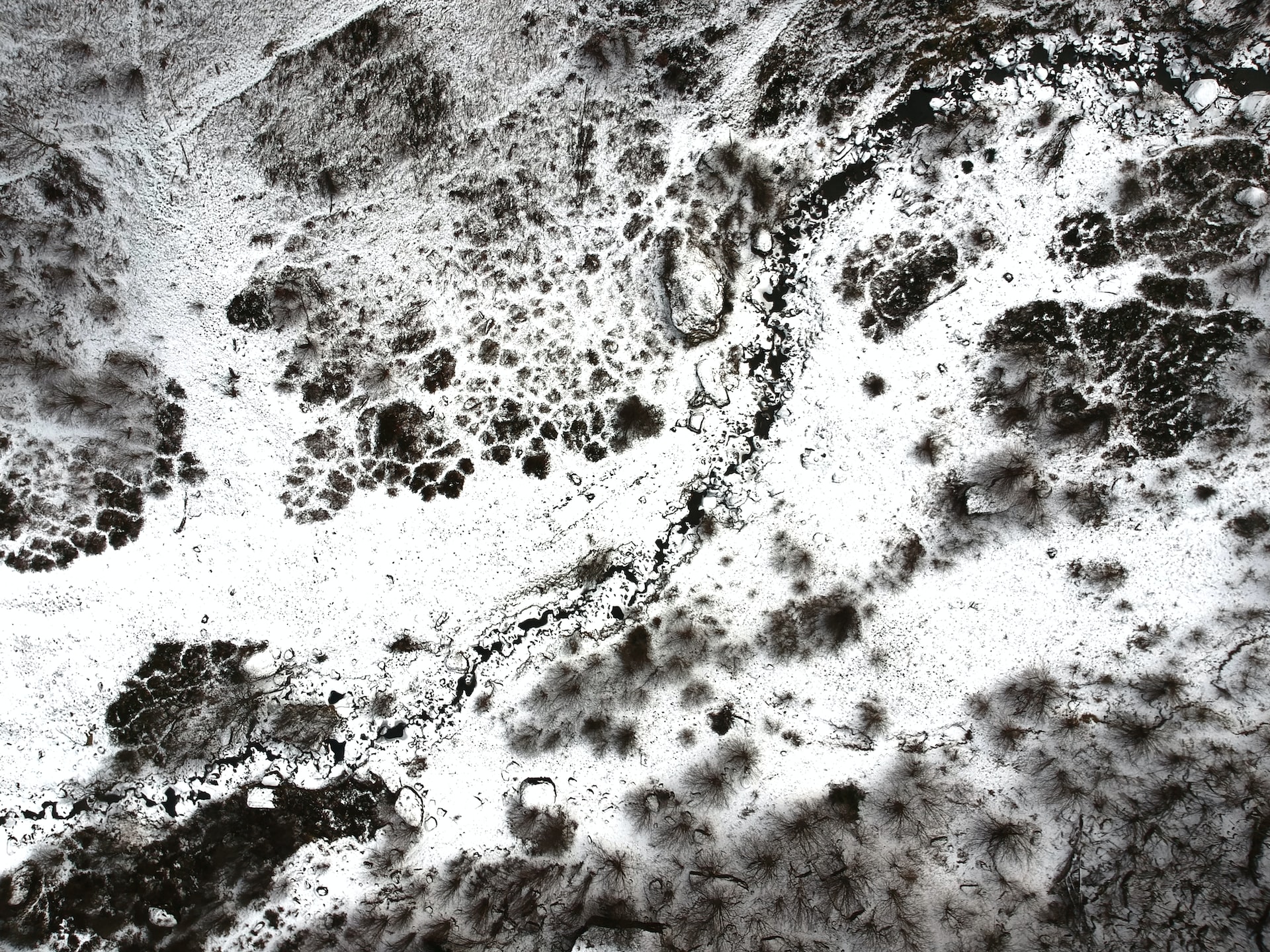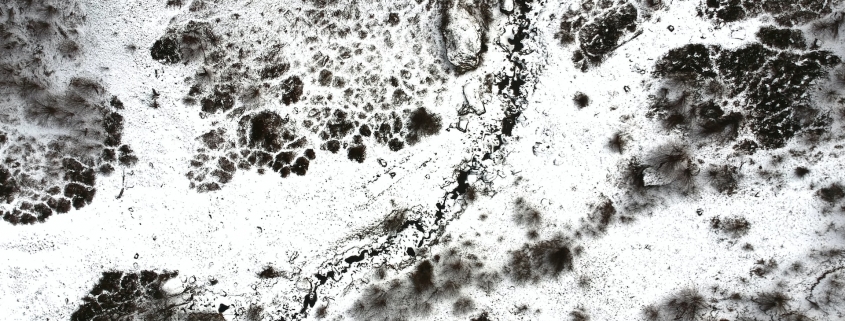How To Get Rid of Black Mold in Attic?
Mold plays a significant part in the natural decay of dead biological substances. Mold grows by producing microscopic, visually undetectable spores. These airborne spores can enter a home through any opening, including windows, doors, or cracks in the walls.
Molds play a crucial role in the recycling of organic waste and may be found throughout nature, even in your attic. Mold can develop if there is a moist or wet area where the spores can start to grow.
Everything that mold needs to develop is present in attics, including food, oxygen, the correct temperature, and moisture.
Regrettably, when present within a home, mold can harm one’s health. How to get rid of it? Let’s look at the causes of mold growth in attics, how to spot it, how to remove it, and when to call an expert for mold removal in the attic.

How Does the Mold Development Usually Appear?
Either a flat, low-profile structure of mold growth or a fuzzy, three-dimensional pattern appears on the sheathing. The low-profile, flat growth frequently resembles soot or stains. A mold growth may occasionally be mistaken for fire soot by a house inspection.
This particular mold growth won’t smear or wash away. Long after the mold has ceased growing, the area will continue to be darkly discolored.
Attic mold with fuzzy growth is less frequent and often simpler to remove. It is possible to apply a thinner coating of encapsulant since the staining is minimal.
Causes Of Mold in Attic
Attics frequently contain fungi, particularly black mold, for a variety of reasons. As your attic is part of your home that is closest to the roof, any moisture will wind up there and cause black or white mold. Yet, many various problems might lead to a property having a black mold infestation.
Poorly Ventilated Attics – Mold in Attic Removal
The most frequent cause of black mold in attics in regions with cold temperatures is inadequate attic ventilation. Attic ventilation that is improperly planned might also be an issue. Some attic ventilation systems are made with a mix of vents that catch and form pockets of “dead air,” which is produced when condensation forms on the roof decking during cold weather.
Inappropriate Discharge
Sadly, several home designs situate exhaust fans from the dryer, kitchen, bathroom, and other locations where they release their discharge into the attic rather than the exterior of the house. This may produce the ideal environment for black mold removal in the attic.
Condensation From the Water Heater and Furnace
Instead of being installed in an enclosed space, a furnace and/or water heater can produce enough heat to cause condensation in cold climates and support the growth of mold if they are installed in an attic with inadequate ventilation.
How Quickly Do Molds Expand?
Molds can start to develop in less than 48 hours if there is enough moisture. A mold time bomb can appear from water from leaks, condensation, and inadequate ventilation.
How To Get Rid of Mold in Attic?
If the mold in your house is less than 10 square feet (around a 3×3 space), you may clear it, according to the EPA. To be safe, you should dress in long sleeve shirts and pants, gloves, goggles, an N95 mask, and other protective clothes and accessories.
Empty And Seal the Attic – Mold in Attic Removal
Make sure the attic is free of anything. To transport items outside, pack them in heavy bags and seal them tightly. Examine the rafter and insulation. Insulation that has been impacted by mold should be removed and replaced following restoration.
Plastic sheeting should be used to seal vents, windows, and other openings. You may start by drying the mold once you have sealed the attic openings. Spores or fungi are often distributed by active mold. The spores are neutralized by drying them.
Apply a Removal Solution/Mixture & Scrub It
In a spray bottle, combine a mold-eradication solution. You can make a bleach solution (1 part bleach to 10 parts water) or use a mold-cleaning product. For the right dilution rate, be careful to adhere to the manufacturer’s directions on the label.
Spray the mold-removal solution on the plywood’s mold-infected spots. Be careful to fully wet the moldy areas. To destroy the mold spores, let the solution rest on the mold for at least 15 minutes.
Scrub the moldy plywood with a scrub brush to get rid of the mold. To get rid of the mold, scrub in a circular motion while exerting strong pressure. To stop the mo
ld from transferring to other locations, periodically rinse the brush with the mold removal solution.
Wipe it Off with a Damp Cloth – Mold Removal in the Attic
Be careful to wipe with a damp cloth. Airborne spores might reappear in different places and encourage the growth of further mold by dry wiping. Even though a surface seems to be clean, it may still contain mold spores since they cannot be seen with the human eye.
Hire A Professional for Mold Removal
Having a professional mold removal inspector in your area is the only way to obtain a precise estimate. If you decide to move forward with the service, several mold remediation professionals in the region are pleased to offer a free quote.
Yet the high level of work required is what drives up these prices.
Professional Remediation Service Cost
Black mold damage, attic sizes, and architectural intricacy all vary. The average price per square foot for attic fungal removal and cleanup treatments is between $10 and $25.
The majority of specialists will assess the extent of the fungal growth and attic damage before estimating the cost of cleanup because it wouldn’t be fair to charge just on area size.
If you exclude any roof repairs, the total cost for mold removal in the attic might range from roughly $1000 to $4000.



Leave a Reply
Want to join the discussion?Feel free to contribute!